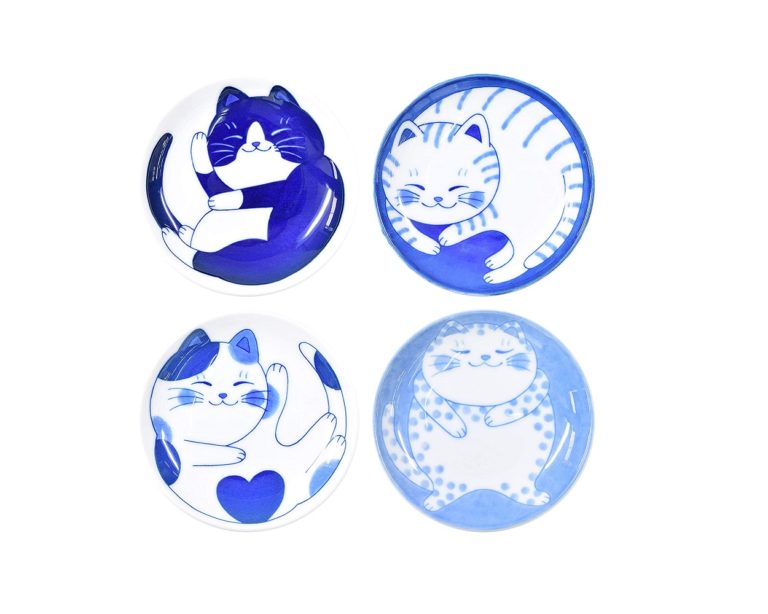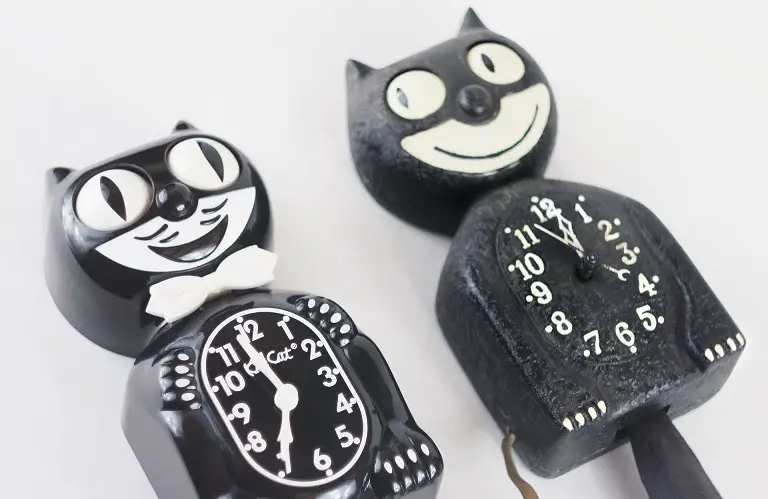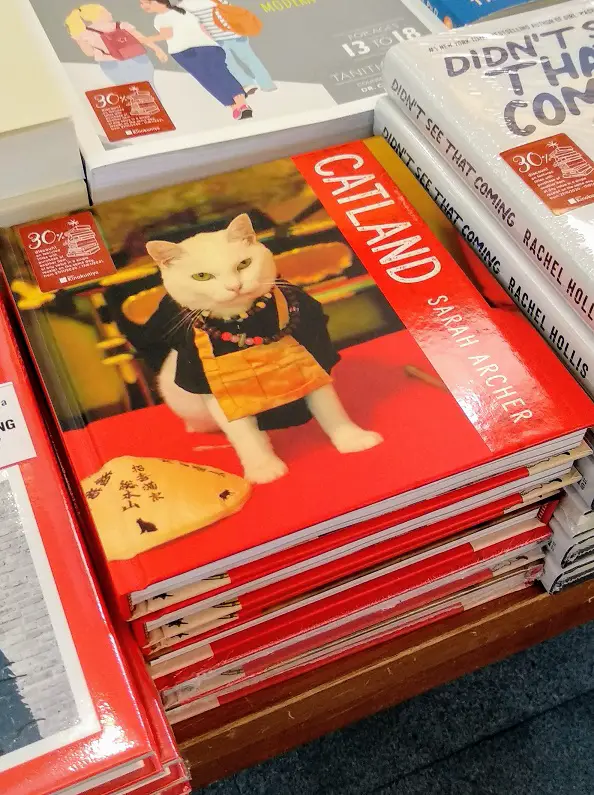If you’re in the market to collect vintage Japanese cat figurines and don’t want to spend a fortune, Takahashi San Francisco is a great starting place. These figurines were handmade and sourced directly from Japanese artisans between the 1960s to 1980s. As they are not particularly rare or highly sought after (at least not at the time of writing), the overall market for them is still very reasonable.

You can find pristine examples and even whole sets priced between US$19 to US$ 39. The rare and unique pieces will usually be higher, but not so much as to become prohibitive.



Today, we are here to talk about the origin and historical timeline of this iconic brand, and hopefully leave you with a greater appreciation of the Takahashi legacy.
Immediately after the Japanese attack on Pearl Harbor during WWII, Japanese people living in the US were arrested and put into internment camps. Henri Takahashi, his wife Tomoye and Tomoye’s sister Martha were incarcerated in Topaz, Utah. After the war the family returned to San Francisco, determined to help build friendship and goodwill between Japan and their adopted home. They also wanted to help normal Japanese people who were devastated by the war of which they had no control over.
Thus, they started a business to import and showcase Japanese products and culture in the Bay Area. This also provided steady income for the artisans and craftsmen over in war-torn Japan. They also started a non-profit activity of sending care packages back to Japan.
The Takahashi brand was born.

Over time, their entrepreneurship and philanthropy would spread across the rest of the United States and even span across generations.
Today, Takahashi vintage ceramics and figurines are still widely available across the internet, peaceful symbols of a bygone era. We like to think of it as a small ray of light emerging from darker times.
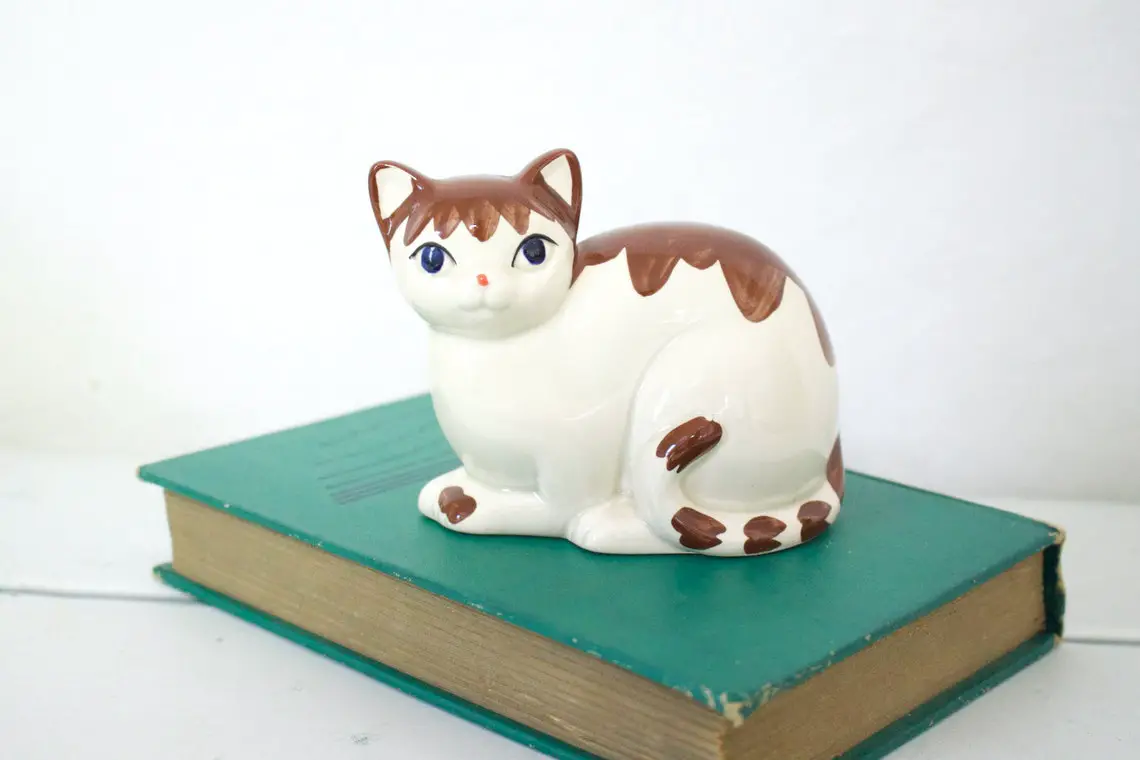
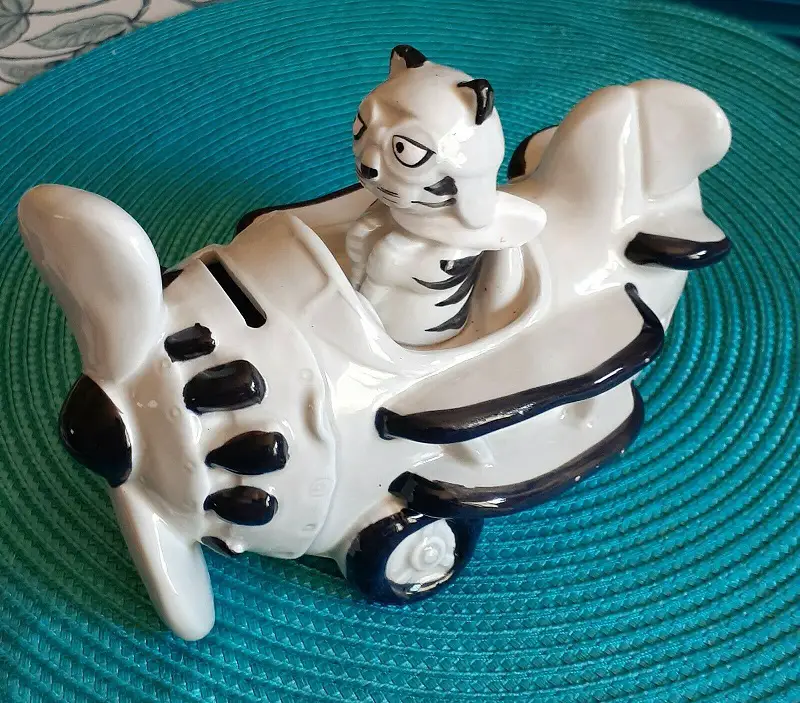
Here is a detailed timeline of their amazing story.
Historical Timeline
1914 – Henri Hiroyuki Takashi is born in Tokyo, Japan.
1916 – Tomoye is born on 16 August in San Francisco to Tomoyuki and Masano Ozawa. Her father Tomoyuki owns the Starlight Laundry and is part-owner of financial firm Nichi Bei.
1917 – Henri moves to Hawaii USA with his family. His father is the minister of the local Congregational Church.
1921 – Masako Martha Nozawa (Tomoye’s sister) is born on 28 August.
1931 – Henri’s family moves back to Japan after his high school graduation. He decides to stay on in the US and enrols in Pomona College to study sociology and art.
1936 – Henri graduates from Pomona and becomes a sports editor for a local Japanese American newspaper.
1938 – Henri and Tomoye meet on a double date. She earns her bachelor’s degree in decorative arts from UC Berkeley.
1941 – They are married 3 years later. A few months after their wedding (following the attack on Pearl Harbor on Dec 7) they are arrested and sent to the Tanforan Assembly Center in San Bruno and then to the Topaz, Utah along other Japanese Americans in the Bay Area. Here, Tomoye gives birth to Masako Martha and Norman Tomoyuki. Henri becomes the editor of the Camp newspaper, the Topaz Times.
1945 to 1955 – On 2 Sept, the Japanese government signs surrender documents at Tokyo Bay on the deck of the American battleship USS Missouri, thus officially ending the war. The Utah internment camp is closed and the Takahashis return to San Francisco to raise their family. They purchase a building at 1661-1663 Post St. and start a small dry goods store, the Takahashi Trading Company. In the process they export pharmaceuticals and other staples to war-torn Japan. Many packages are requested by friends and relatives of Japanese living in the US. This community service is non-profit and it is estimated that more than 10,000 packages are sent over the next decade.

From Japan, they start importing traditional craft items like folk pottery, lacquerware, and musical instruments. The business grew and Henri even helped to design best-selling wares such as the Genji Screen, Kabuki Lamp and Moku Moku Salad Bowl.
1959 – Their building is demolished as part of the redevelopment of Japantown so they move their burgeoning retail business to Jackson Square and later expand to Union Square and Ghirardelli Square.
1965 – Henri and Tomoye purchase the light industrial property at 200 Rhode Island Street in 1965 and expand it over the next decade to form an integrated complex of offices and warehouses. Tomoye’s sister Martha Suzuki joins the family business and plays a key role in its financial success. The buildings at 200 Rhode Island Street serve as their business headquarters.
Wholesale retail distribution is established throughout the San Francisco Bay Area and as far away as New York City. They also open multiple retail stores of their own.
1985 – The Takahashis establish the Henri and Tomoye Charitable Foundation, helping support the Asian Art Museum, the Japanese American Cultural Center of Northern California, documentary films on Japanese-American history, and other efforts.
2002 – At the age of 87, Henri passes away due to a heart ailment at his home in San Francisco.
2010 – the Consulate General of Japan in San Francisco honors Tomoye and Masako with the Order of the Rising Sun for their contribution toward strengthening US-Japan relations and their work in the community.
2012 – Masako (sister) passes away on 16 Feb. She is 91 years old. Apart from being a successful businesswoman, she was also an accomplished microbiologist in her previous career and a renowned collector of cars and art.
2016 – Tomoye passes away on 4 June, at age 101. The Henri and Tomoye Charitable Foundation lives on.
2018 – Norman Tomoyuki (son) passes away on 29 October. The family is survived by Masako Takahashi, an abstract painter and fashion designer in San Franciso. Check out her website here.
2021 – Their old HQ at Rhode Island Street is selected and on track for landmark designation thanks to San Francisco’s Historic Preservation Commission (HPC).

Final advice on collecting Takahashi San Francisco

Ensure that at least one or both of the marks shown in the image above are visible on your vintage piece. While we have found no reports of fakes on the market, you can never rule them out. One thing for sure, if the market value starts to go up, fakes will start showing up everywhere like cat hair.
However, our advice is to always buy what you like. As for collecting them as an investment, we see it as highly unlikely that the prices will go up anytime in the near future. You will find hundreds of listings on eBay and Etsy.

We hope you enjoyed reading this article as much we did writing it! For more historical perspectives, check out the rest of the section here.
*This article may contain affiliate links at no cost to the purchaser. Please peruse our About page for more details.

